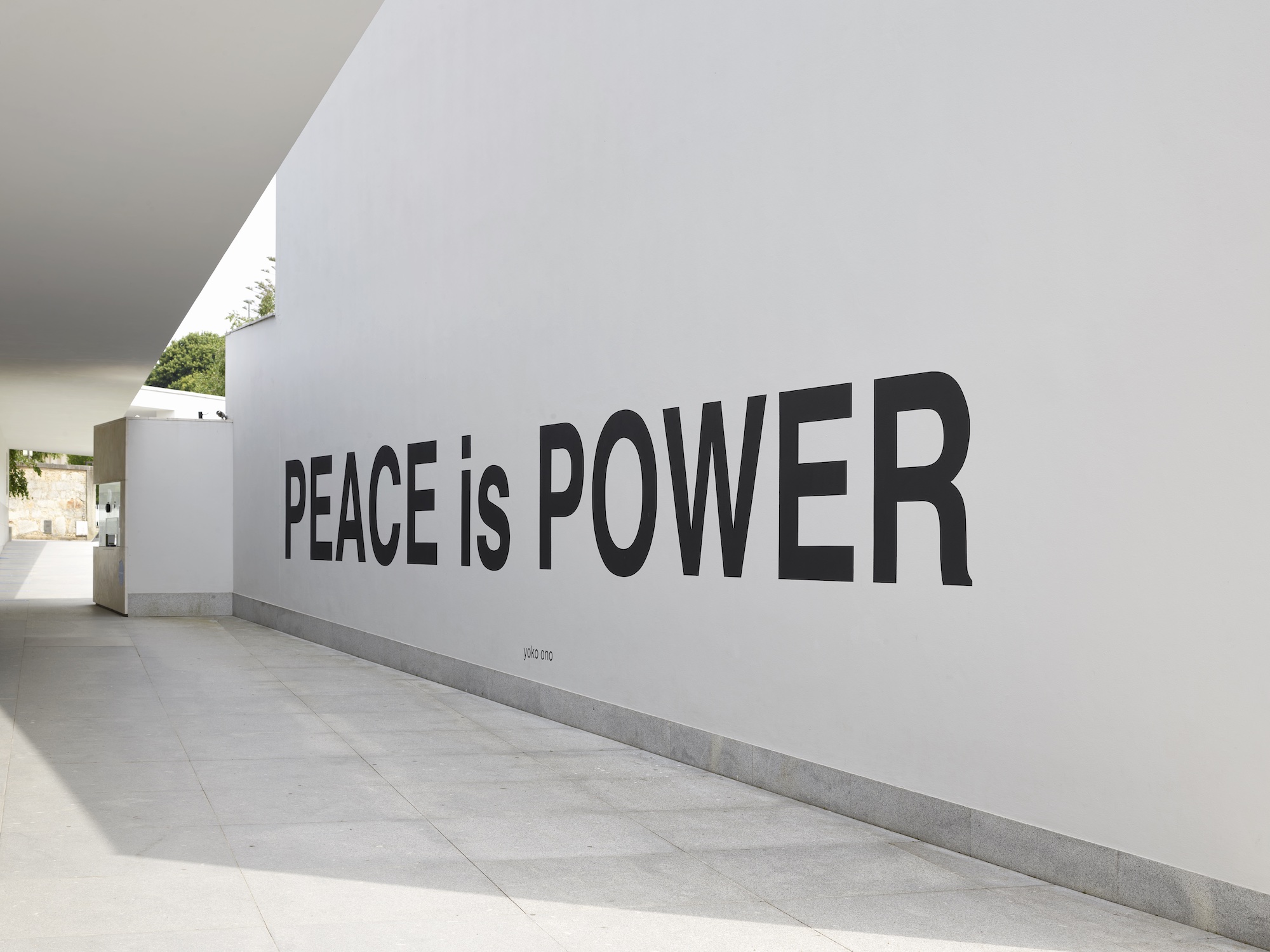Forgotten Statues
2020 - Sculpture (Sculpture)
Ciprian Muresan
Forgotten Statues , 2020 continues the artist’s reflections on power and the fragility of works of art. In this case, it’s no longer about sculptures which are no longer on display but rather those that are on permanent display, fixing the official narrative of art history. In Forgotten Statues , the artist reproduces from memory sculptures from the permanent exhibition of the Art Museum in Cluj. In this case, the seemingly redundant relationship between the original and the copy, which leaves little space for creativity (due to the distortions of memory), suggests the difficulty of overcoming inertia in a society that is not distant enough from its past. While the Ceausescu regime came to an abrupt halt in 1989, it does not seem to have represented a divide that separates the past from the present. The confusion of the past with the present is perpetuated both at the level of our daily life, of the urban reality that surrounds us, as well as at the level of the cultural heritage presented in museums or in the public space. Muresan’s work demonstrates how cultural heritage is presented only partially, in a censored manner, often moving within the confines of a comfort zone that avoids confronting the past.
Ciprian Muresan appropriates historical, political, social and cultural (essentially artistic, literary and cinematographic) references which he re-contextualizes. He analyzes the mechanisms de diffusion of culture, the ambivalent relations between the memory of recent history and the experience of current realities, as well as the relations between political power, religious power and civil society. With simple gestures, themes and methods borrowed from popular culture, he tackles art in an expiatory manner, returning importance to personal expression and experience. Ciprian Muresan belongs to the generation after the fall of the former Communist regime who deal the aftermath of political and social history of his country, in a post-conceptual mode, without necessarily inscribing it within the traditional East/West opposition. Instead, on the contrary, he approaches this history as an integral part of a larger whole, and is interested in questions linked to the disturbances in contemporary society following the declining of Modernist utopias and in the impact of new technologies on our visual culture. Ciprian Muresan was born in 1977 in Cluj, Romania. He lives and works in Cluj, Romania.
Colors:
Other related works, blended automatically
» see more

© » KADIST
Ciprian Muresan
2011Ciprian Muresan asked a group of protagonists to wear a monk’s robe and copy a certain number of artworks and texts from exhibition catalogues...
Related works sharing similar palette
» see more

© » ARTEFUSE
Art Basel reveals 287 leading galleries and expanded city-wide program for its 2024 edition in Basel, Switzerland (News) - ArteFuse Art Basel reveals 287 leading galleries and expanded city-wide program for its 2024 edition in Basel, the first led by the show’s new Director Maike Cruse With 287 premier galleries from 40 countries and territories, Art Basel will once again bring together the international art world at its marquee fair in Basel, Switzerland...

© » KADIST
Lu Pingyuan
2016Masterpiece in the Water by Lu Pingyuan tells the story of an impatient collector who is killed by an artist...
Other works by: » Ciprian Muresan
» see more

© » KADIST
Ciprian Muresan
2011Ciprian Muresan asked a group of protagonists to wear a monk’s robe and copy a certain number of artworks and texts from exhibition catalogues...

© » KADIST
Ciprian Muresan
2011The video I am protesting against myself presents a puppet in a garbage can citing numerous reasons why one should protest against it...
Related artist(s) to: Ciprian Muresan » Dan Perjovschi, » Anna Molska, » Deimantas Narkevičius, » Ioana Nemeş, » Ivan Moudov, » Mircea Cantor, » Wilhelm Sasnal, » Alex Mirutziu, » Anetta Mona ChişA, » David Maljković
» see more

© » KADIST
David Maljkovic
2005This video was filmed in the middle of the Zagreb fair which took place in the 1960s and 1970s under the rule of Tito...

© » KADIST
Deimantas Narkevicius
2008The Dud Effect is a film that revisits the fear of nuclear attacks during the Cold War by staging the firing of a R-14 missile by a solitary soldier on the site of a real Soviet launch base installed in Lithuania...
Related works found in the same semantic group
» see more

© » KADIST
Amie Siegel
2013Winter is a film installation of multiple tenses—shot in the recent past, depicting an unknown future, unfolding (and changing) in the present of the exhibition...






